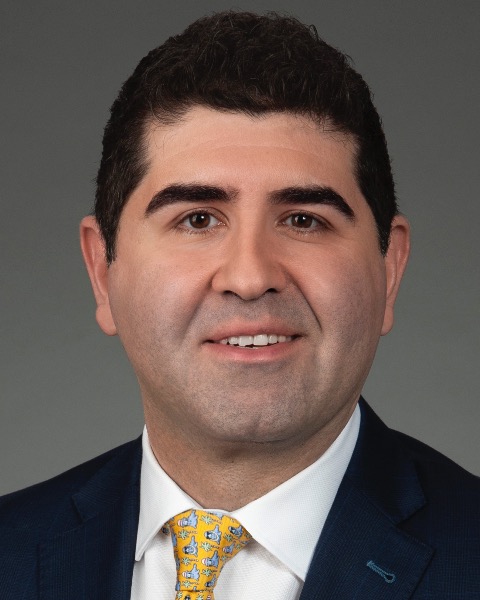Interventional Oncology
Post Y90 Induced Radiation Pneumonitis

Tina Sankhla, MD (she/her/hers)
IR-I Resident
Emory UniversityDisclosure(s): No financial relationships to disclose

Meghan Lilly, MD
Assistant Professor
Emory University Medical Center
Peter J. Park, MD
Assistant Professor
Emory University
Zachary L. Bercu, MD, RPVI (he/him/his)
Associate Professor
Emory University School of Medicine
Nima Kokabi, MD
Associate Professor of Radiology
University of North Carolina - Chapel Hill
Abstract Presenter(s)
Author/Co-author(s)
-review dose considerations to minimize risk
-outline prevention strategies in patients with borderline lung shunt fraction
-demonstrate clinical and imaging findings
-review course of disease and treatment
-compare and contrast CT findings (specifically, CT images of 2 patients presenting with pneumonitis post-Y90; one consistent with radiation pneumonitis and one likely reflecting antineoplastic drug induced pneumonitis)
Background:
Radiation induced pneumonitis is a very rare but potentially fatal complication of Y90 radioembolization. Pre-procedure MAA shunt study is used to calculate estimated dose to the lungs, with dose limit to the lungs of 30Gy in a single session and 50Gy over a lifetime to minimize risk. When estimated dose approaches these thresholds, dose reduction strategies include pretreating with bland or chemoembolization, treatment with systemic chemotherapy with interval re-evaluation of shunt, or low dose treatment with interval retreatment.
Clinical Findings/Procedure Details:
Case reports demonstrate rare instances where patients developed radiation pneumonitis despite adhering to these thresholds, suggesting that other factors affecting pulmonary reserve, such as underlying COPD or prior lung resection, may require stricter dose thresholds.
Symptoms typically arise 1-6 months following Y90 treatment, with dry cough, low grade fever, and dyspnea on exertion. CT of the chest shows a “bat-wing” appearance of patchy consolidation with peripheral sparing, that can progress to fibrosis. In patients on concurrent systemic antineoplastic therapy, careful attention to CT findings can help differentiate the cause of injury to ensure proper treatment. Management relies on supplemental oxygen, and steroids and bronchodilators.
Conclusion and/or Teaching Points:
Y90 operators must be knowledgeable about the risks and findings of pneumonitis during treatment course. While hepatopulmonary shunts can complicate treatment planning for hypervascular liver tumors, mitigation strategies can reduce the risk of radiation pneumonitis.

.jpg)
.png)
.png)
.png)
.jpg)
.png)
.png)
.jpg)
.png)